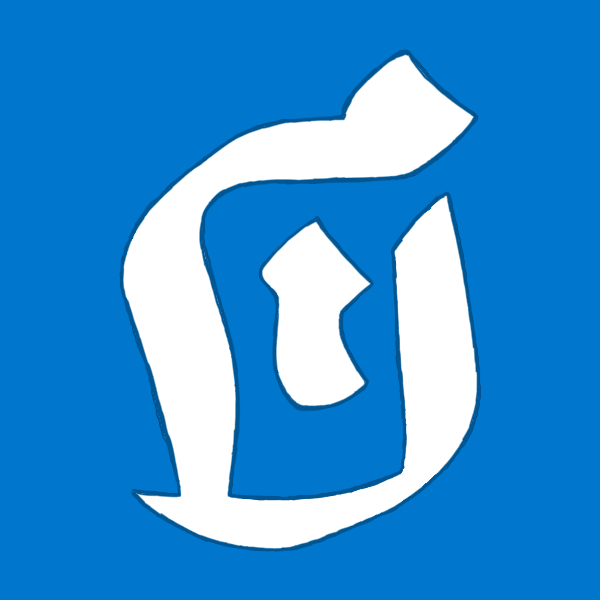https://althurayya.github.io/
The new working version of the al-Ṯurayyā project includes the gazetteer (al-Ṯurayyā Gazetteer, or al-Thurayyā Gazetteer), and the geospatial model of the early Islamic world. Both parts of the project are still under development.
Gazetteer: The gazetteer currently includes over 2,000 toponyms and almost as many route sections georeferenced from Georgette Cornu’s Atlas du monde arabo-islamique à l’époque classique: IXe-Xe siècles (Leiden: Brill, 1983).
Geospatial model consists of a two main modules (work in progress) which plot 1) routes and itineraries of various complexity; and 2) networks of reachable places from selected centers.
Note on the transliteration scheme: The website uses a somewhat unconventional transliteration system, which was developed to facilitate computational analysis. Unlike more traditional transliteration schemes the current one uses one-to-one letter representation, with every Arabic letter transcribed distinctively, which allows for an automatic conversion between transliteration and the Arabic script. The overall scheme should be easily recognizable to Arabists (new letters are as follows: ŧ for tāʾ marbuṭaŧ; ã for dagger alif; and á for alif maqṣūraŧ).
Credits and Acknowledgments: Current team: Masoumeh Seydi (U Leipzig) and Maxim Romanov (U Vienna). Former contributors: 2013–2014: Cameron Jackson (class of 2014, double-major in Arabic and Computer Science, Tufts)—technical and conceptual development; 2013: Adam Tavares, programmer @ Perseus Project, Tufts—techincal development.
Special thanks to: 2013–2014: Vickie Sullivan (Chair, Classics Department, Tufts U), 2013—: Gregory Crane and the Perseus DL and the U Leipzig teams for support and inspiration.
Open Data: All data is available on GitHub.
Research: Part of research experiments related to the current data is available on Blocks.

Leave a comment